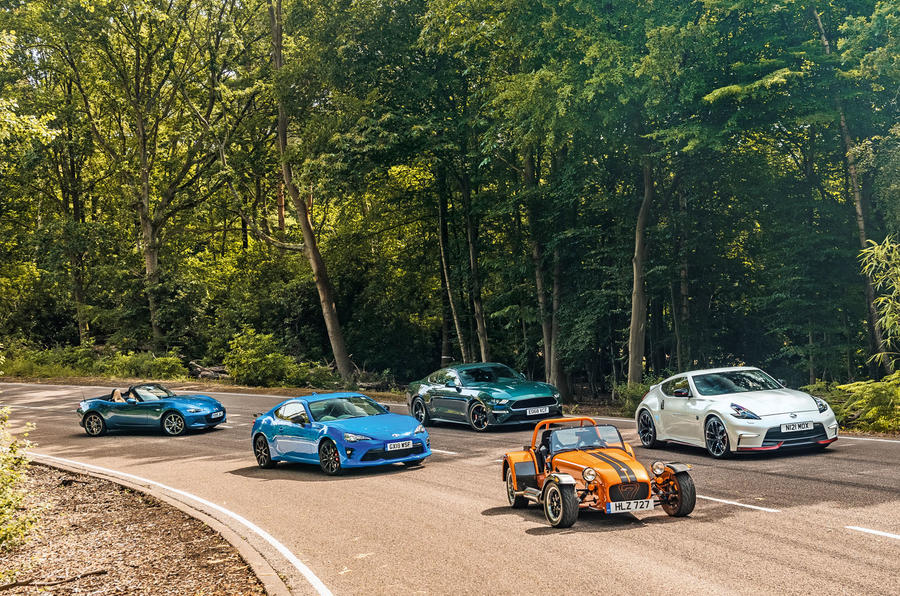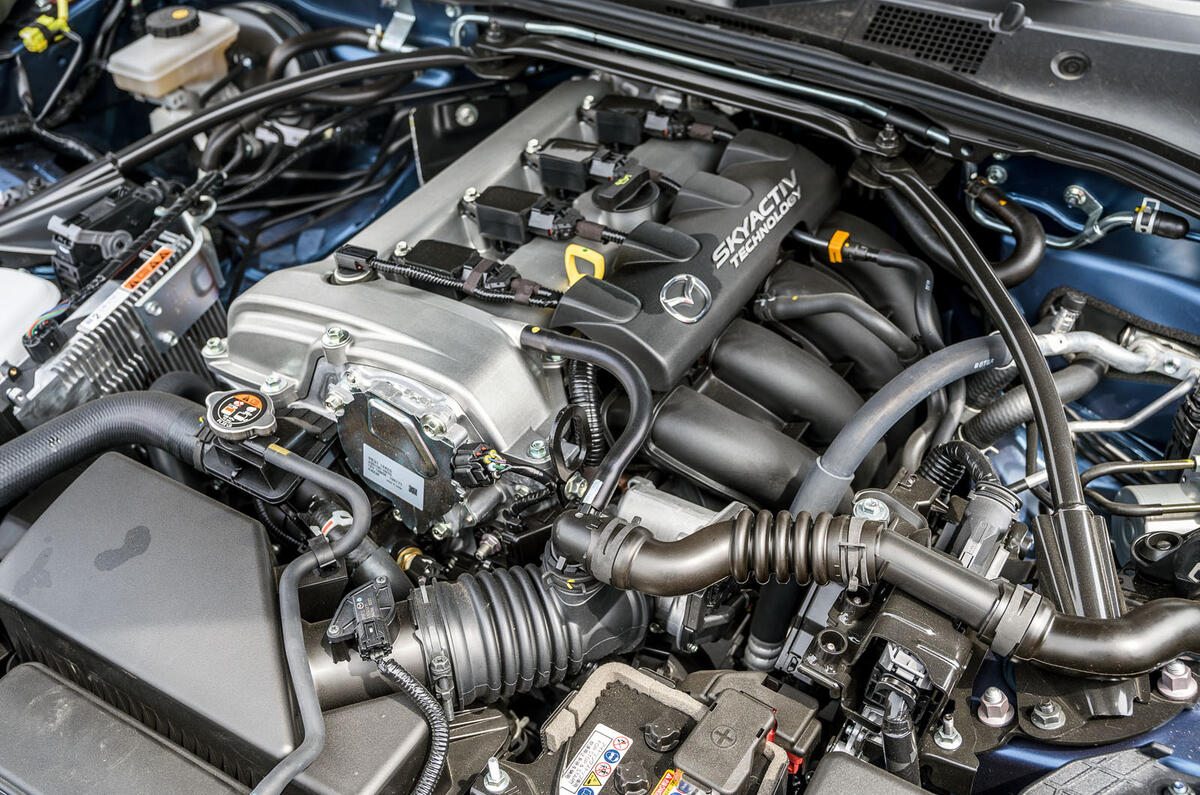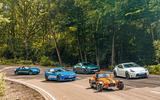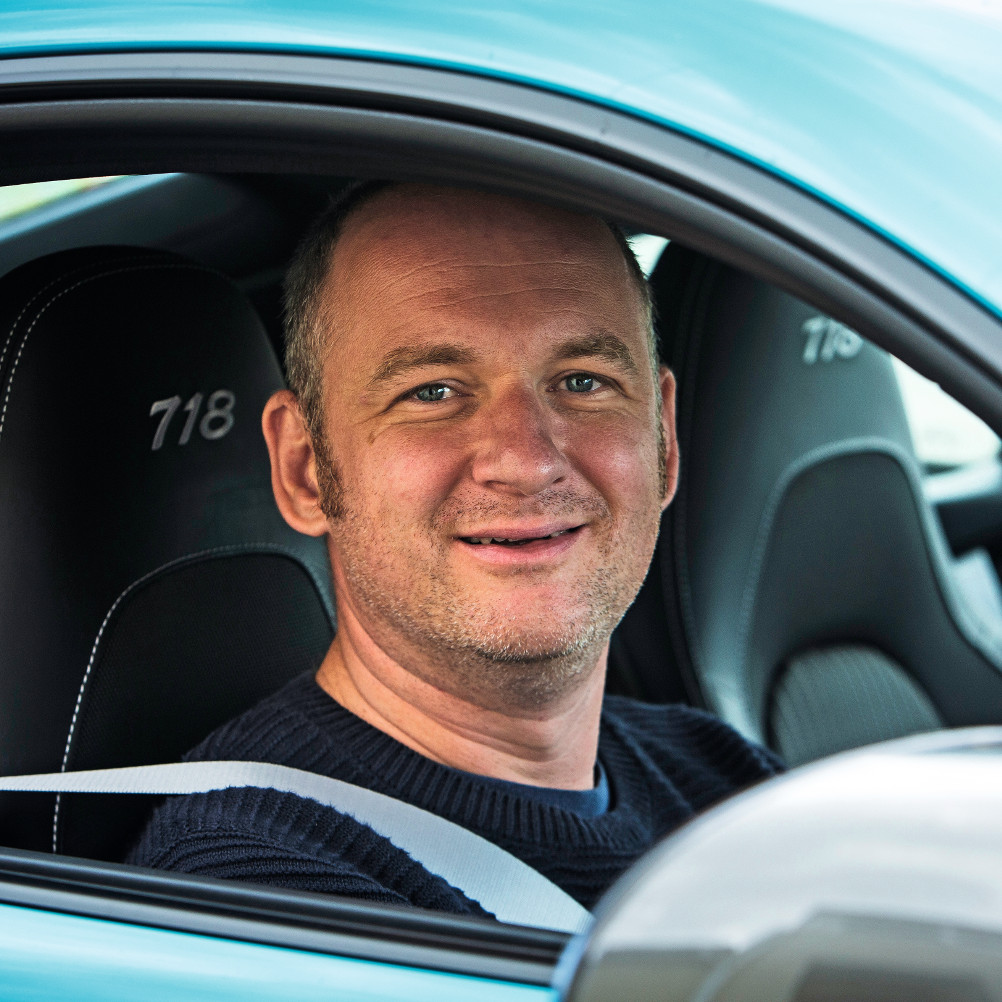Sketch out in your head the perfect mechanical specification for your ideal driver’s car. One that’s everyday accessible and can be enjoyed on the majority of UK roads. Not a hypercar or some other exotic, but a balanced, approachable and engaging machine to be enjoyed any time and anywhere.
So what have you got? Rear-wheel drive is a definite, as is a manual gearbox. And the engine is more than likely at the front, isn’t it? It’ll be naturally aspirated, too, for its purity and response. Sounds good, doesn’t it? Now try to find a new model that meets that brief. It’s tough, isn’t it?
The fact is what was once the default mechanical layout for driver thrills is very much on the wane. Front-wheel drive has obviously played its part, its benign driving dynamics and packaging benefits making it the number one choice for mainstream machines, while the greatest minds in motorsport have made their case for sticking the motor in the middle. And even those who have persisted with the original Système Panhard have been forced by ever-increasing eco-friendly pressure to adopt sophisticated automatic gearboxes, plus power- and efficiency-boosting turbos. As a result, the atmospheric-engined, rear-wheel-drive car with a manual transmission has become an endangered species.
However, it’s not quite extinct yet, and if look carefully, you’ll find at least five machines that still stick with a century-old template to deliver their thrills: the Caterham Seven, Mazda MX-5, Toyota GT86, Nissan 370Z and Ford Mustang.
In many ways, these cars are very different – there are wildly varying power outputs and physical dimensions – but their commitment to the old-school cause binds them together, and it’s no coincidence they’ll all rev happily to 7000rpm. More important, bringing our quintet together allows us to see whether they are still relevant in today’s increasingly sophisticated motoring landscape or simply four-wheeled anachronisms living on borrowed time.


































































































Join the debate
Add your comment
Great Cars
There is a lot to be said
So for me the most important bits are the na and manual combo.
Front-wheel drive has
Front-wheel drive has obviously played its part, its benign driving dynamics and packaging benefits making it the number one choice for mainstream machines, while the greatest minds in motorsport have made their case for sticking the motor in the middle. And even those who have persisted with the original Système Panhard have been forced by ever-increasing eco-friendly pressure to adopt sophisticated automatic gearboxes, plus power- and efficiency-boosting turbos. As a result, the atmospheric-engined, rear-wheel-drive car with a manual transmission has become an endangered species. I think this is an obvious thing, but we have to see it through time.